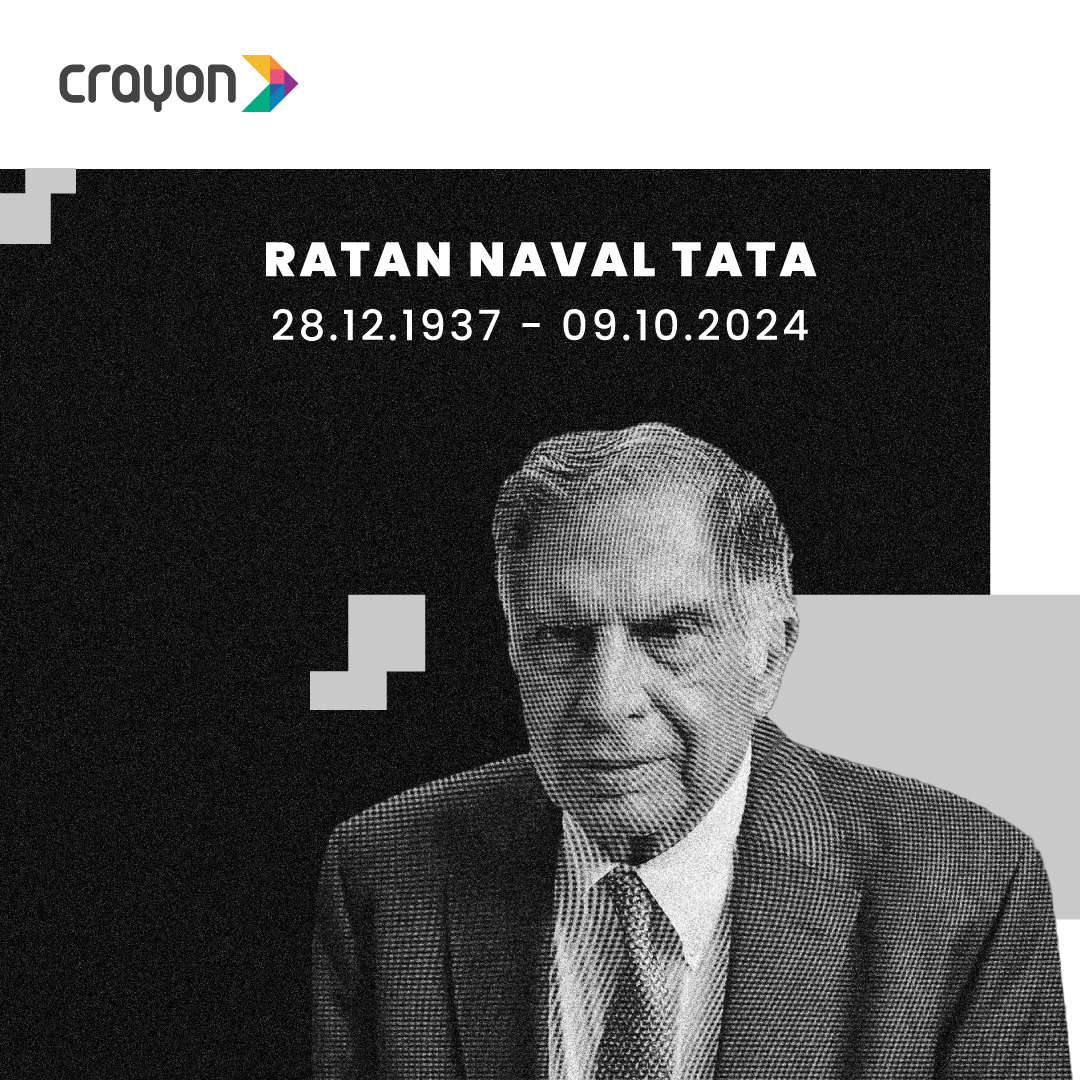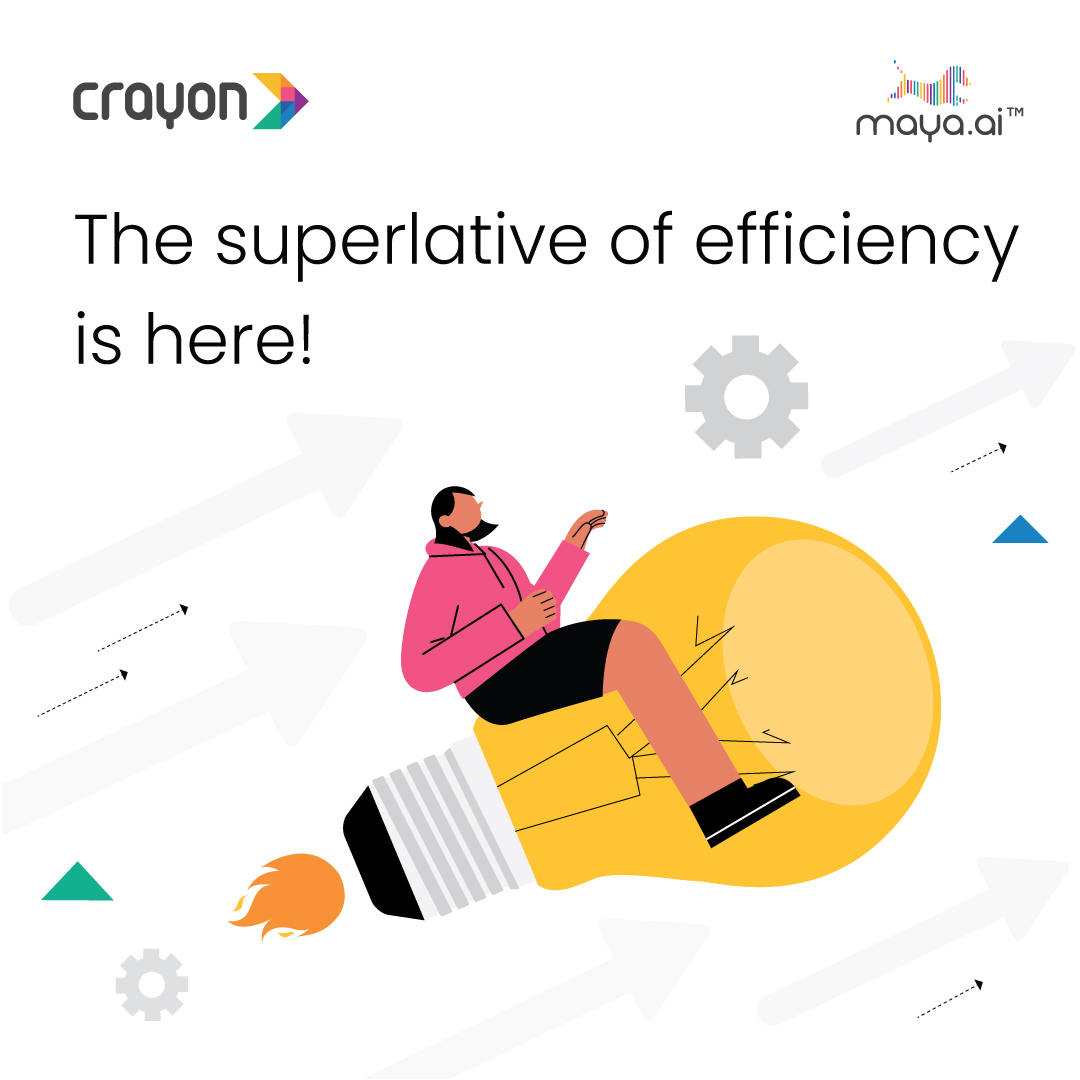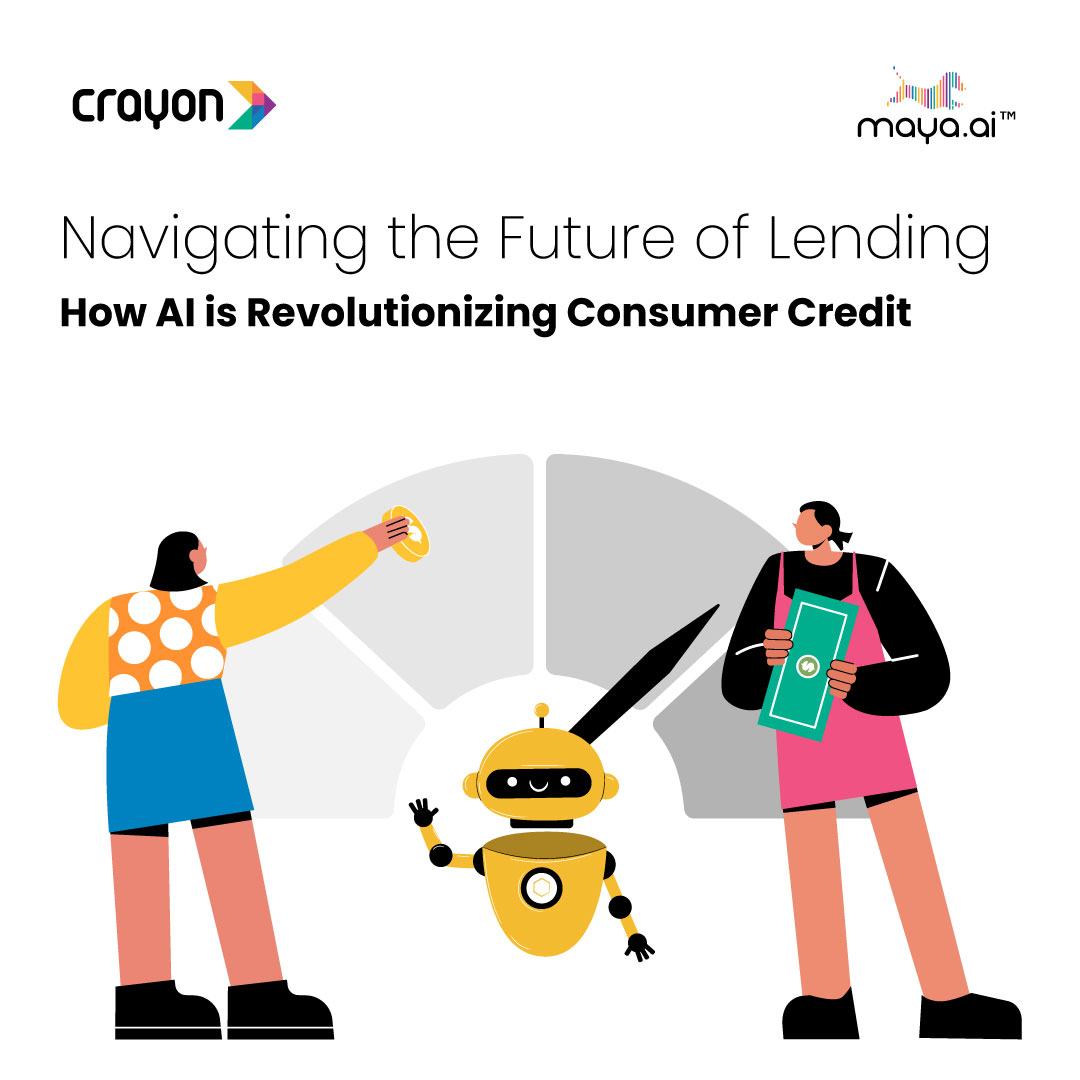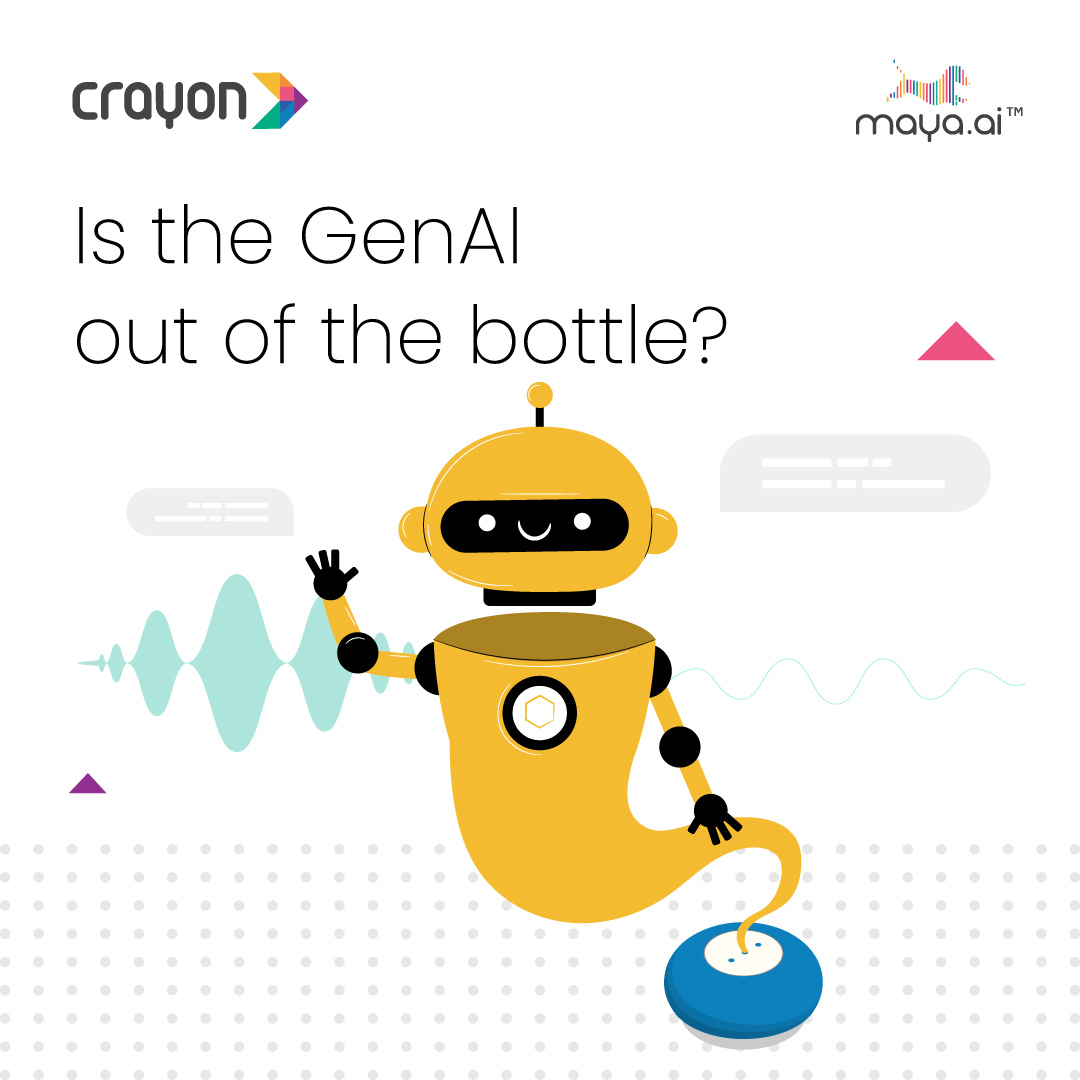Public schools nationwide are taking a cue from business, harnessing big data to improve student outcomes, help school districts make better hiring decisions and help governments use their education dollars more effectively. The results may be more successful students, better teacher retention and more finely tuned administration policies.
Some of these big data applications are in the classroom, such as the creation of adaptive learning courses that guide individual students through lessons in the way most likely to promote individual success, but other applications are aimed squarely at administrators and the schools they work for. Those data apps help principals and superintendents hire the teachers most likely to improve educational outcomes, track trends in educational giving and, at the college level, correlate majors and classes taken to long-term career success. The message: Big data can be transformative for education.
Designed for use from the upper elementary grades into college, McGraw-Hill Education is developing digital curriculum and course materials that take data gathered from 2 million students and use artificial intelligence to create adaptive learning experiences tailored to individual student needs. As a student reads and answers questions, the system tracks what the student doesn’t know and then presents that material. The system knows what questions to ask, and in what order, to maximize long-term retention.




